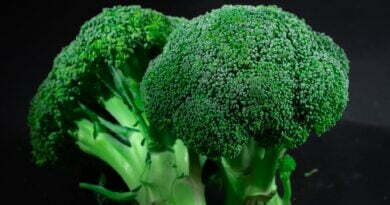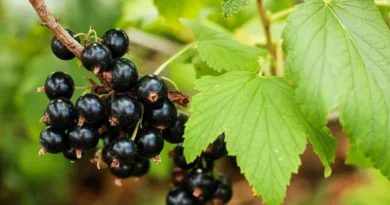How To Grow Celery
Growing celery in your garden or allotment can be a rewarding experience, offering a fresh and flavorful addition to your meals. Celery is a versatile vegetable that can be eaten raw or cooked, and it is packed with nutrients that can benefit your health. In this guide, we will provide you with a detailed guide to growing celery, including its health benefits and meal ideas.
Growing Celery:
- Soil Preparation: Celery grows best in soil that is rich in organic matter and well-drained. Before planting celery, amend your soil with compost or well-rotted manure to improve its fertility and drainage.
- Planting: Celery seeds are small and should be sown indoors or in a greenhouse about 10-12 weeks before the last frost date in your area. Sow the seeds in trays or small pots and keep them moist and warm until they germinate. Once the seedlings are about 3-4 inches tall, transplant them into the garden or allotment.
- Watering: Celery requires consistent moisture to grow well, so water your plants regularly, especially during dry spells. Be careful not to overwater, as this can lead to root rot.
- Fertilizing: Celery is a heavy feeder and requires regular fertilization to grow well. Fertilize your plants with a balanced fertilizer every 3-4 weeks during the growing season.
- Harvesting: Celery is ready to harvest when the stalks are about 8-10 inches tall and the leaves are dark green. Cut the stalks at the base of the plant and store them in the refrigerator until ready to use.
Health Benefits of Celery:
- Low in Calories: Celery is low in calories and high in fiber, making it a great food for weight loss and digestion.
- Rich in Vitamins and Minerals: Celery is a good source of vitamins A, C, and K, as well as minerals like potassium and calcium.
- Anti-Inflammatory: Celery contains compounds like apigenin and luteolin, which have anti-inflammatory properties and may help reduce inflammation in the body.
- May Help Lower Blood Pressure: Some studies suggest that celery may help lower blood pressure, which can reduce the risk of heart disease.
- May Help Prevent Cancer: Celery contains compounds like flavonoids and polyacetylenes, which have been shown to have anti-cancer properties and may help prevent certain types of cancer.

Meal Ideas
Celery is a versatile vegetable that can be used in a variety of dishes. Here are some meal ideas that incorporate celery:
- Celery Sticks with Peanut Butter: Celery sticks with peanut butter are a classic snack that is easy to make and perfect for a mid-day snack.
- Celery Soup: Celery soup is a simple and flavorful dish that is perfect for cooler months. Combine celery with onions, garlic, and chicken or vegetable broth for a comforting meal.
- Waldorf Salad: Waldorf salad is a classic dish that combines celery, apples, and walnuts with a creamy dressing. It’s a perfect side dish for picnics or barbecues.
- Celery Juice: Celery juice has gained popularity as a health drink due to its numerous health benefits. Simply blend celery with water and strain for a refreshing and nutritious drink.
- Chicken Salad with Celery: Chicken salad with celery is a healthy and satisfying lunch option. Combine cooked chicken, diced celery, and mayonnaise for a delicious and easy meal.
Growing celery on an allotment can be a rewarding and beneficial experience for gardeners. With proper soil preparation, planting, and care, gardeners can enjoy a bountiful harvest of fresh and nutritious celery. Celery is a versatile vegetable that can be used in a variety of dishes, from salads and soups to stir-fries and casseroles. It is also packed with nutrients and offers a range of health benefits, including promoting digestive health, reducing inflammation, and lowering blood pressure. Growing celery is a great way to incorporate fresh and nutritious vegetables into your diet while enjoying the benefits of gardening.




